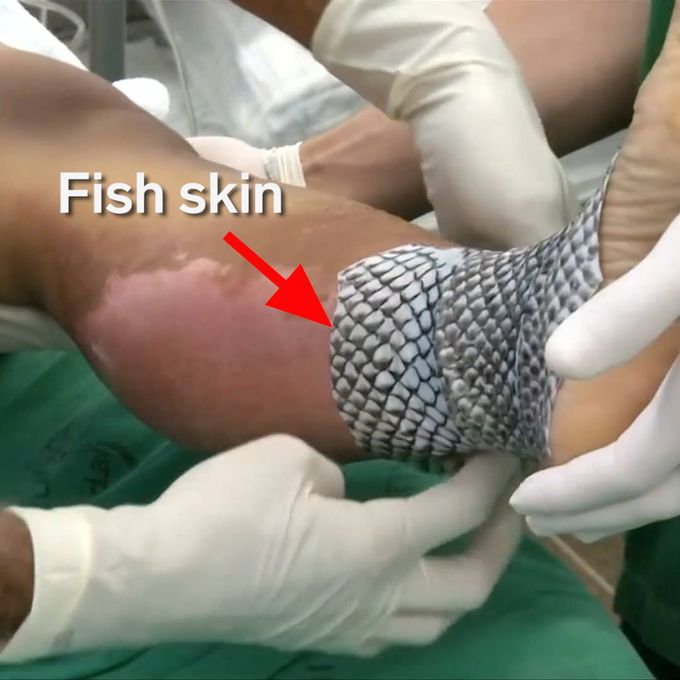
Related posts
Cholecystitis is a swelling and irritation of your gallbladder, a small organ in the right side of your belly near your liver.
The gallbladder’s job is to hold a digestive juice called bile. It releases bile into your small intestine when your body needs it to break down fats. But if the path to your small intestine is blocked, bile gets trapped. That backup can irritate your gallbladder. That’s how cholecystitis happens.
Nausea and vomiting are common symptoms. They often show up after you’ve eaten a big or especially fatty meal.
It’s easy to mistake cholecystitis for other health problems, but another telltale sign is intense pain -- in your belly, in your back, or under your right shoulder blade.
If you don’t see a doctor and get treatment, it can lead to dangerous infections or become a long-term condition. The most common solution is surgery to remove your gallbladder.transmition of blood.🌷🌷What Is Coronary Artery Disease?
Coronary artery disease, also called CAD, coronary or atherosclerotic heart disease, is a serious condition caused by a buildup of plaque in your coronary arteries, the blood vessels that bring oxygen-rich blood to your heart. It affects millions of Americans.
Your arteries are smooth and elastic. But when plaque builds up on their inner walls, it can make them stiff and narrow. This slows blood flow to your heart muscle, so it doesn’t get the oxygen it needs.
The plaque could also break off, leading to a heart attack or sudden cardiac death.
Coronary Artery Disease Symptoms
The most common symptom is angina, or chest pain.
People describe angina as:
Aching
Burning
Fullness
Heaviness
Numbness
Pressure
Squeezing
Weakness or dizzinessArtery and vain 😍😍What Is a Colostomy?
A colostomy is a surgical procedure that brings one end of the large intestine out through the abdominal wall. During this procedure, one end of the colon is diverted through an incision in the abdominal wall to create a stoma. A stoma is the opening in the skin where a pouch for collecting feces is attached. People with temporary or long-term colostomies have pouches attached to their sides where feces collect and can be easily disposed of.
Colostomies aren’t always permanent, especially in children with birth defects.
A colostomy can be the result of one of several procedures to correct problems with the lower digestive tract. Other “ostomies” include ileostomy and urostomy. An ileostomy is a diversion of the bottom of the small intestine. A urostomy is a diversion of the tubes that carry urine out of the bladder.
A colostomy may also be referred to as bowel diversion therapy.Tuberculosis Types
A TB infection doesn’t always mean you’ll get sick. There are two forms of the disease:
Latent TB. You have the germs in your body, but your immune system keeps them from spreading. You don’t have any symptoms, and you’re not contagious. But the infection is still alive and can one day become active. If you’re at high risk for re-activation -- for instance, if you have HIV, you had an infection in the past 2 years, your chest X-ray is unusual, or your immune system is weakened -- your doctor will give you medications to prevent active TB.
Active TB. The germs multiply and make you sick. You can spread the disease to others. Ninety percent of active cases in adults come from a latent TB infectionFirst class for nursing 😁😁🌹🌹Treatment of cachexia (wasting syndrome)Identify the SignTips to prevent Insomnia



